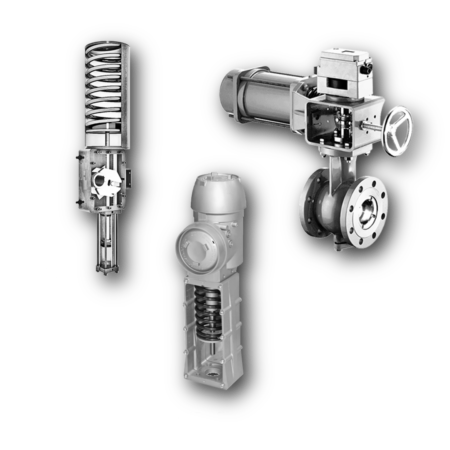Description
The Quick-Disconnect function allows the actuator to be removed without depressurizing the valve, which lowers downtime and production losses significantly. Valve position is visually indicated by the rising stem. The actuator is protected from overpressurization by an external safety release mechanism. The compact form allows for easy maintenance in tight spaces. Specific models with wirecutting capability enable fail-safe gate closing during wireline operations. Actuators are electric-powered devices that allow pipeline operators to operate valves. Electric, air (pneumatic), or flow power (hydraulic), which in our instance is gasoline or gas, can all be used. Two types of actuators are available: temporary and rotating. Gas-over-oil actuators move the mechanics of the actuator by suspending the high pressure gas in the pipeline with a hydraulic fluid. Double-acting gas-over-oil actuators are the only ones that can be used. A power source provides electricity to electric actuators like a battery. Precision control of product flow through valves is critical in the oil, gas, and petrochemical industries, and the valve actuator is responsible for this modulation.



